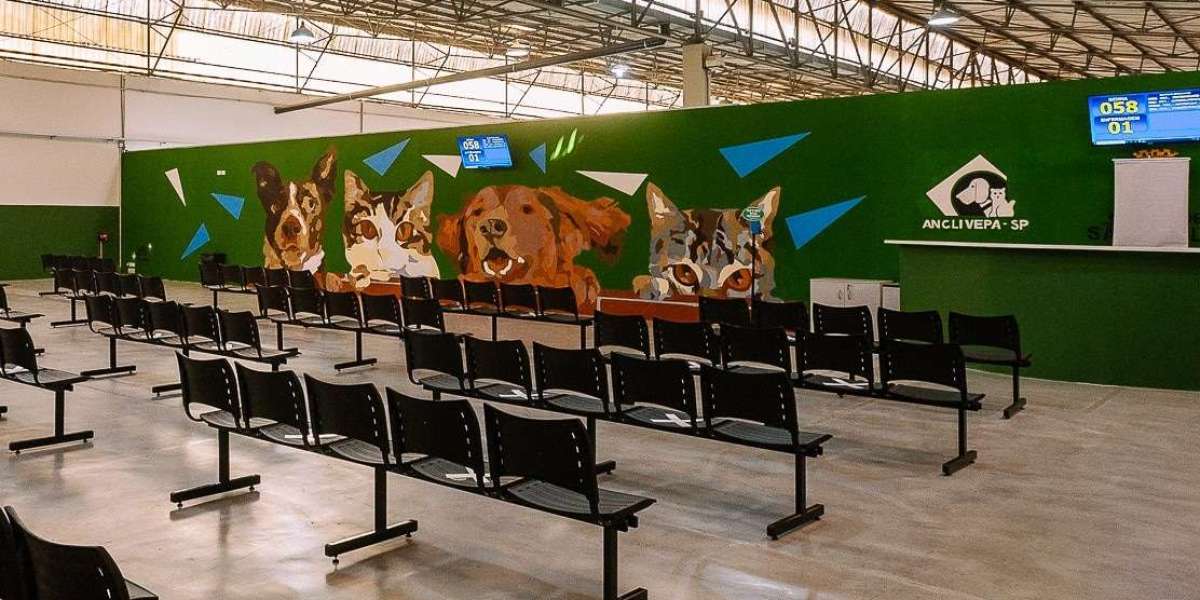Embroidery Digitizing Meets Smart Wearables in 2025
Introduction
Once associated solely with handcrafted designs and traditional artistry, embroidery is now making headlines in the world of technology. In 2025, embroidery digitizing is playing a groundbreaking role in the fast-growing industry of smart wearables a sector that blends fashion, electronics, and AI to create interactive, functional apparel.
From fitness-tracking jackets to embroidered Bluetooth patches and responsive LED apparel, the digitizing of embroidery for smart textiles is revolutionizing both the tech and fashion worlds.
This article explores how embroidery digitizing is transforming smart wearable technology, the tools behind it, and what the future holds for this fusion of old and new.
What is Embroidery Digitizing?
Embroidery digitizing is the process of converting artwork (logos, images, text) into a digital stitch file that embroidery machines can read. These files instruct the machine on where, how, and what type of stitch to apply.
In the traditional sense, digitizing was used to add branding or decorative designs to garments. But now, it's evolving beyond aesthetics, becoming essential to functional textiles and connected clothing.
The Rise of Smart Wearables
Smart wearables include clothing or accessories integrated with microelectronics, sensors, and connectivity modules. These may track body temperature, monitor heart rate, provide GPS feedback, or even light up based on motion or sound.
Wearable tech is no longer just confined to watches or fitness bands. In 2025, it's about integrated fashion and embroidery is key to making that integration seamless.
How Embroidery Digitizing Powers Smart Wearables
So how exactly does embroidery digitizing intersect with tech?
Here are some major ways:
1. Conductive Thread Integration
Digitizing software now maps circuit pathways using conductive threads. These threads behave like wires and can power sensors, LEDs, or microchips stitched directly into the fabric.
2. Embroidered Circuit Design
Modern digitizers convert circuit diagrams into stitch files that embroidery machines use to lay functional circuits much cleaner and more durable than printed or glued-on options.
3. AI-Assisted Stitch Planning
AI in embroidery digitizing ensures optimal thread paths that preserve the garments flexibility while maintaining electrical integrity for wearable tech.
4. Durability Washability
Smart clothing needs to survive wear and tear. Digitizing services now include algorithms for reinforced stitching, water-resistant thread placements, and heat-resistant configurations.
Tools Used for Smart Embroidery Digitizing
To handle smart textile production, digitizers in 2025 rely on powerful tools like:
Wilcom AI Pro Offers conductive-pathway digitizing and resistance tracking
E-Stitch Lab Designed for integrating circuits and fiber optics into embroidery
Brother Innov-s XP3 + IoT Embroidery machines that accept real-time digital inputs and stitch live
Smart Textile SDKs Software development kits that link hardware mapping with stitch patterning
Applications of Embroidery Digitizing in Smart Wearables
| Industry | Use Case |
|---|---|
| Healthcare | Embroidered sensors for heart rate, posture correction, temperature regulation |
| Sports Fitness | Smart activewear with embroidered motion sensors |
| Fashion | Garments with animated LED embroidery, motion-reactive lighting |
| Military Defense | Tactical suits with embedded communication or GPS |
| Corporate Branding | Dynamic logos that light up or change color on command |
Benefits of Embroidery Digitizing in Smart Clothing
✅ Flexible Integration
Embroidery patterns can wrap around fabric curves, unlike rigid PCBs.
✅ Low Power Consumption
Thread-based circuitry uses minimal energy compared to other forms.
✅ Enhanced Aesthetic Appeal
Technology no longer needs to look techy it can look stylish and traditional.
✅ Cost-Effective Production
Mass customization with digitized templates reduces design and prototyping costs.
✅ Washable Tech
Advanced digitizing ensures designs survive hundreds of wash cycles.
Case Study: A Fashion-Tech Startup Using Embroidery Digitizing
Company: ThreadTech Wearables (USA)
Product: Interactive event T-shirts with embroidered NFC patches
Challenge: Needed a scalable way to produce custom digital patches for every user
Solution: Used AI embroidery digitizing to mass-produce NFC-compatible stitch files
Outcome:
Produced 10,000 shirts in 2 weeks
98% patch durability after multiple washes
3x higher social engagement due to "tap-to-scan" functionality
Challenges Solutions
| Challenge | Solution |
|---|---|
| Stitch Breakage on Conductive Thread | AI-based density balancing and reinforcement |
| Interference with Electronics | Optimized stitch spacing and fabric layering |
| Power Connectivity Issues | Modular plug-ins that align with digitized thread ends |
| Fabric Flexibility Loss | Strategic stitch path planning for mobility zones |
SEO Value of Embroidery Digitizing Content in 2025
Because smart fashion is an emerging trend, ranking for embroidery digitizing in wearable tech offers untapped SEO potential. Search terms like:
"Embroidery digitizing for smart shirts"
"Conductive thread embroidery services"
"LED embroidery fashion 2025"
...have low competition and rising search volume, making them ideal for early mover blogs, guest posts, or product/service pages.
Tips for Digitizing Services Adapting to Smart Fashion
Offer conductive and fiber optic stitch options
Add live preview systems for smart garments
Partner with wearable tech startups
Create template libraries for popular sensor placements
Offer multi-format file exports for cross-device integration
Future Predictions
Voice-Responsive Embroidery: Stitch patterns react to voice commands.
Solar-Powered Stitch Lines: Charge devices using embroidered solar paths.
Haptic Embroidered Feedback: Clothing that provides physical cues (vibration, pressure).
Emotion-Based Color Change: Designs that shift color based on body signals.
AR Visual Stitch Mapping: Designers preview embroidery on smart glasses before actual stitching.
Conclusion
The fusion of embroidery digitizing and smart wearables is not just a trend its the future of fashion and function. As more industries explore the power of interactive clothing, digitizing services will be at the heart of this transformation.
Whether you run a digitizing service, e-commerce store, or fashion label embracing this new wave of smart embroidery could be the difference between staying ahead or being left behind.







